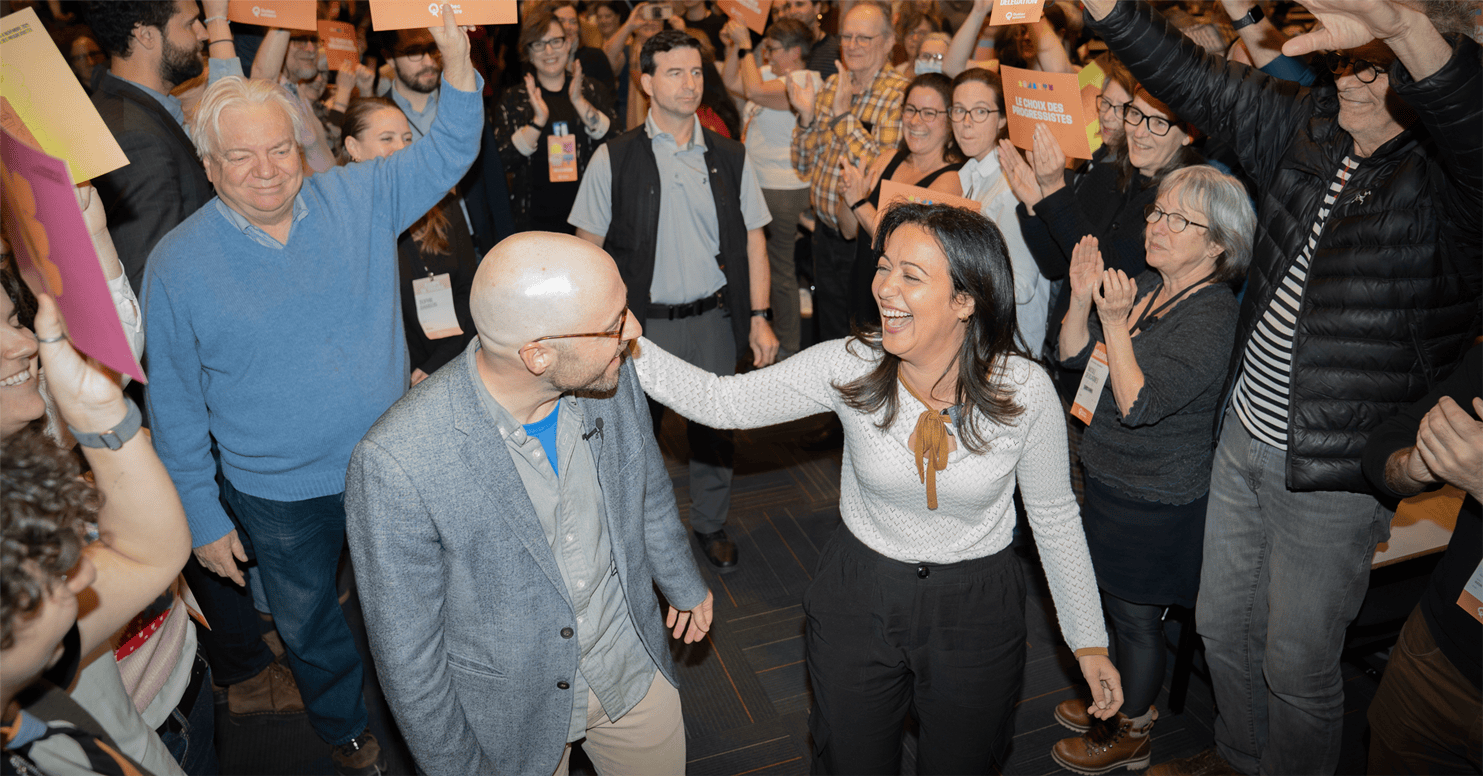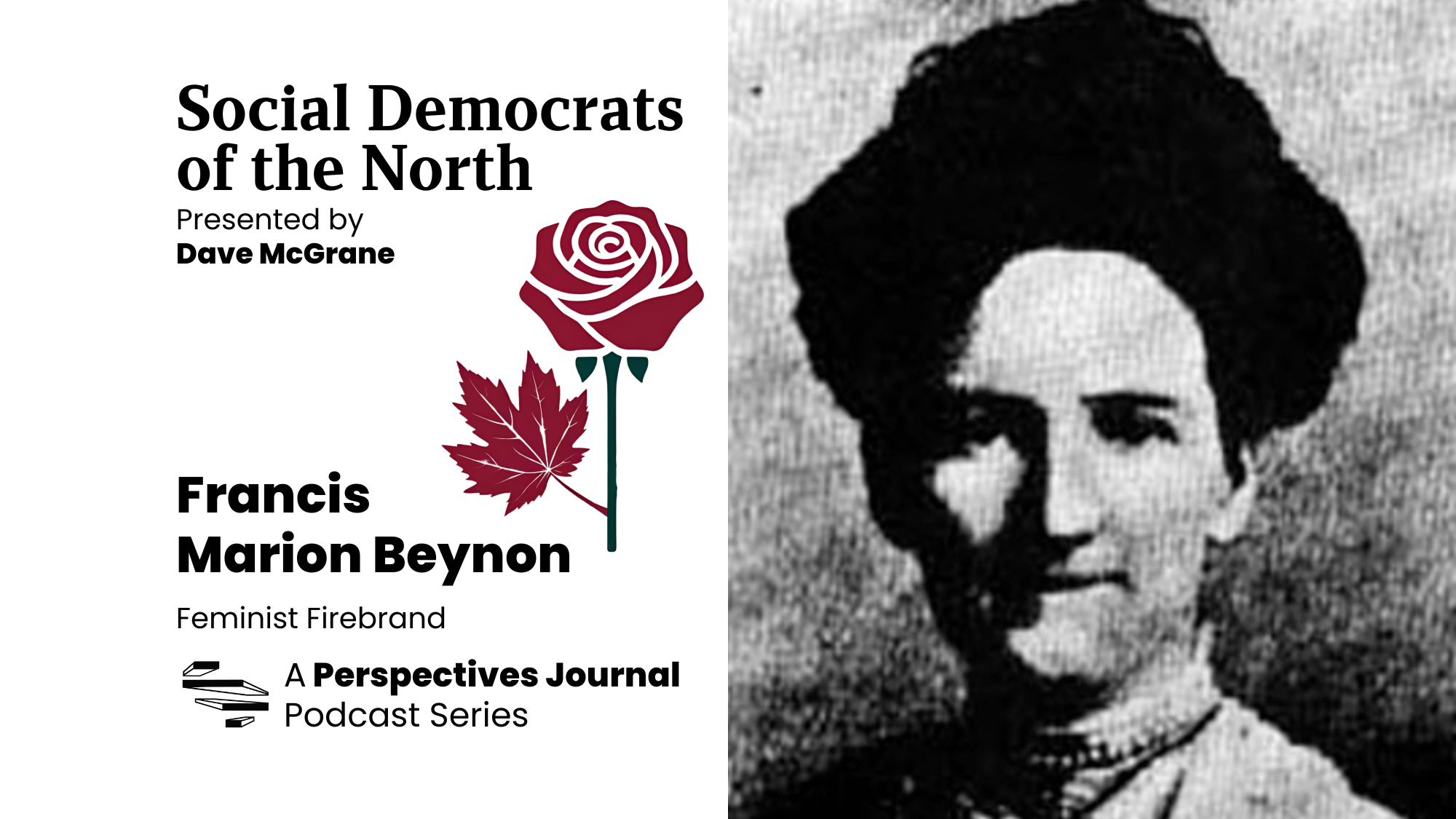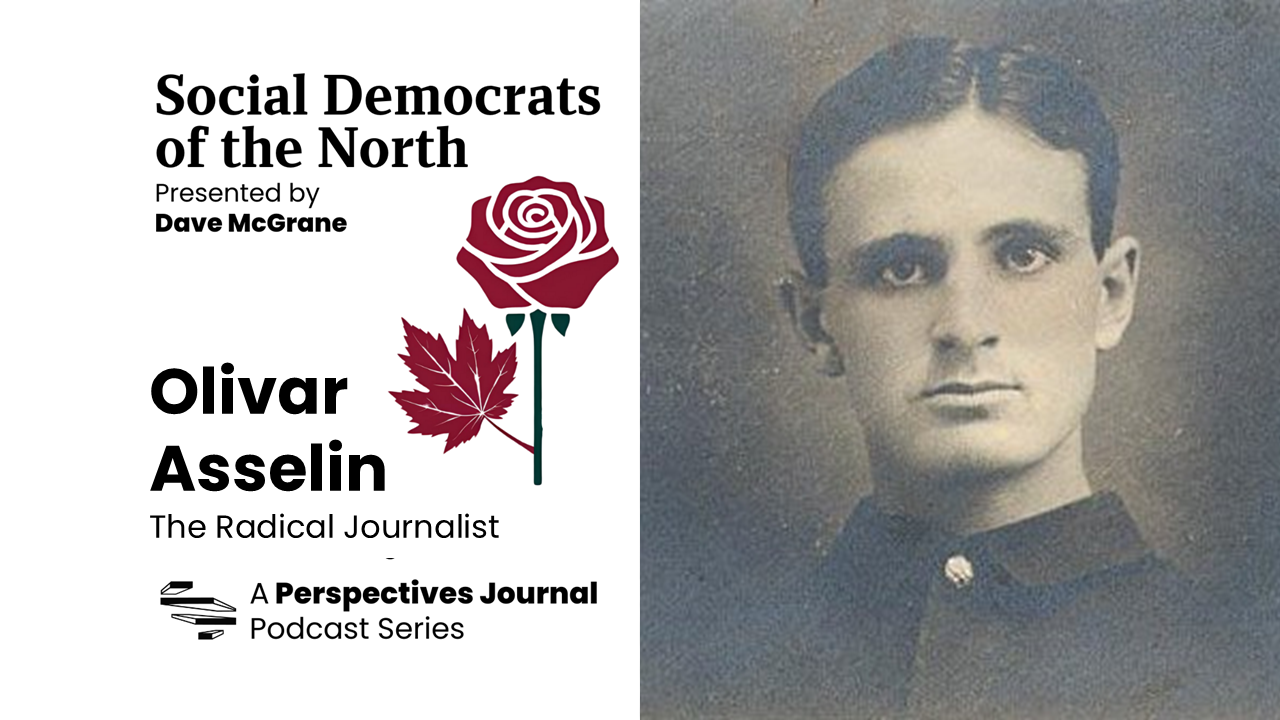In Bruce McKenna’s piece for Perspectives Journal, ‘Embers of the Mass Party,’ he laments the failure of the New Democratic Party to build a meaningful membership culture and embrace mass politics. In its current state, the NDP has embraced a top-down and centralized leadership model where policy, communications, and strategy is developed in the leader’s office, and disseminated to the grassroots. McKenna thinks this approach is a mistake, arguing that, “with a stronger membership culture, bodies like federal and provincial councils, executives, and equity commissions would develop stronger legitimacy and policy capacity.”
While this has remained true for much of the NDP and its provincial wings, the Ontario NDP debate around nuclear energy, brought forth during its September 2025 party convention, demonstrates that a burgeoning membership culture in organizations like the Ontario New Democratic Youth (ONDY) can rekindle the mass party. Structures like ONDY and labour unions within the party itself, informed by social movements outside of the party, can support credibility and build capacity for NDP policy by engaging with membership and facilitating democratic policy development.
As TVO writer John McGrath detailed ahead of the ONDP convention, the role of nuclear energy in the fight against climate change had become a prolific debate among party members between those opposed to its expansion and continued operation as a part of Ontario’s energy grid, and those supporting nuclear energy. Among ONDP members, coalitions emerged on both sides of the debate with many members of ONDY and labour unions in support of nuclear energy, and longer standing members of the party in opposition largely organized around concerns regarding nuclear waste. While ONDY and labour unions were able to organize support for nuclear energy within their already established structures, the opposition to nuclear energy did not coalesce within an institutional home. Nevertheless, party members in opposition endeavoured to impressively organize an informal committee of their own, creating organizing roles and serving as spokespeople to engage with hundreds of other NDP members.
While ONDP leadership largely stayed out of it, party membership led the way in constructing a substantial policy debate, organizing membership freely on both sides, and concluded the convention with a democratically decided policy resolution. In the months before the convention, supporters of and opposition to nuclear energy had moved various resolutions at Electoral District Association (EDA) meetings and had formed a coalition behind their respective motions.
Thanks to this free hand, two policy resolutions, one in favour of nuclear energy and one opposed, were the first and second most submitted resolutions at convention demonstrating grassroots enthusiasm and attention. However, this heightened energy and engagement contributed to a pre-convention atmosphere of heightened tensions. For some, this grassroots organizing behind the two sides of this issue felt like a critical mass that could have divided the ONDP.
Abating concern from those members of the high energy emanating from this debate, the enthusiastic and engaged grassroots played this out in convenings and discussions before members could even line up in front of convention floor microphones. The solution was found in a modified policy resolution, reconciling concerns from both sides of the debate. The new policy resolution became known as the “Toronto St-Paul’s Resolution” as the sponsoring EDA behind the initiative:
Whereas, There is scientific consensus that we must more than double our clean electricity supply by 2050 to meet Canada’s carbon reduction goals;
And whereas, All four model pathways to prevent catastrophic climate change outlined by the U.N. IPCC call for significant increases in a diverse energy mix that includes nuclear energy, hydro, wind, solar, and storage;
And whereas, Canada’s nuclear energy sector is safe and reliable, with a 96% domestic CANDU supply chain, providing over 89,000 workers, mainly in Ontario, with good, unionized Jobs,
Be it resolved that the following be added to the ONDP policy book:
i. The ONDP joins the CLC and OFL in supporting all ultra-low emissions electricity sources including hydro, renewables, made-in-Canada nuclear and storage;
ii. The ONDP recognizes the strategic importance of ultra-low emissions electricity to Ontario’s economy and environment; will fight to ensure that future benefits from investment, innovation, and supply chain jobs stay in Ontario, and Canada;
iii. The ONDP believes that a low-carbon future requires meaningful engagement, informed consent, and opportunities for partnership with local Indigenous communities;
iv. The ONDP reaffirms its support for public ownership of electricity generation.
v. This policy builds on and is subject to the conditions detailed in 5.4.2 and would meet the need for First Nations free, prior and informed consent.
Once a deal had been made, the opposition camp immediately began calling through their supporter list to inform them of the deal, while Labour and ONDY began communicating through their coalition members. Furthering engagement, ONDY organized a panel with MPPs Jamie West and Catherine Fife to talk both about energy policy, and to update its members on the new policy resolution.
On the convention floor, this grassroots-led momentum was felt. The ability to rapidly communicate information to delegates and ensure that speakers would be able to speak to the resolution from all perspectives was an effective display of bottom-up power. This momentum was even noted by the mainstream Queen’s Park media, covering the convention festivities.
ONDY’s capacity to engage with their membership and organize around this issue was noted by long-time party activists as something unseen at an NDP convention in decades. ONDY had been able to turn itself into a serious member-led organization, and through its grassroots democracy initiative, “develop(ed) stronger legitimacy and policy capacity,” McKenna argues for. The “embers of the mass party” may still smolder, and this policy debate shows that there is a desire to reignite those flames. The lessons and experiences of this debate have made an impression on those young party activists involved, and member-led policy debate is demonstrably the best way to meaningfully shape party policy, and ensure accountability. A critical mass for the party may be just what it needs to ignite new energy and momentum.





